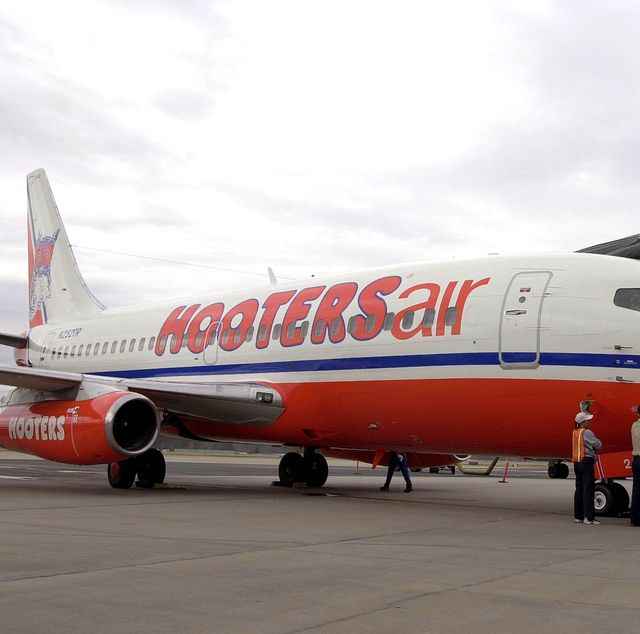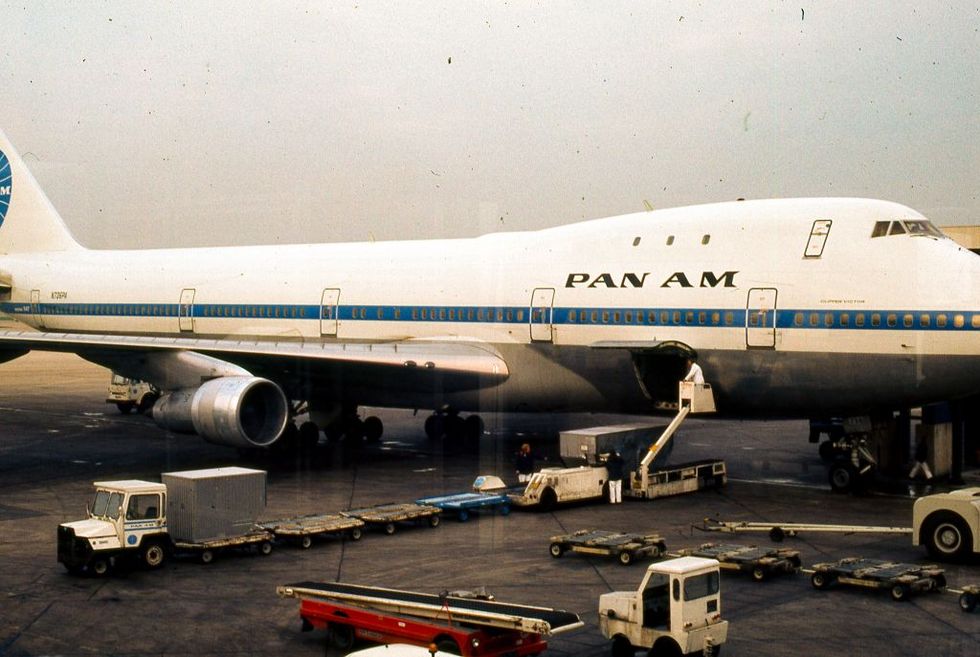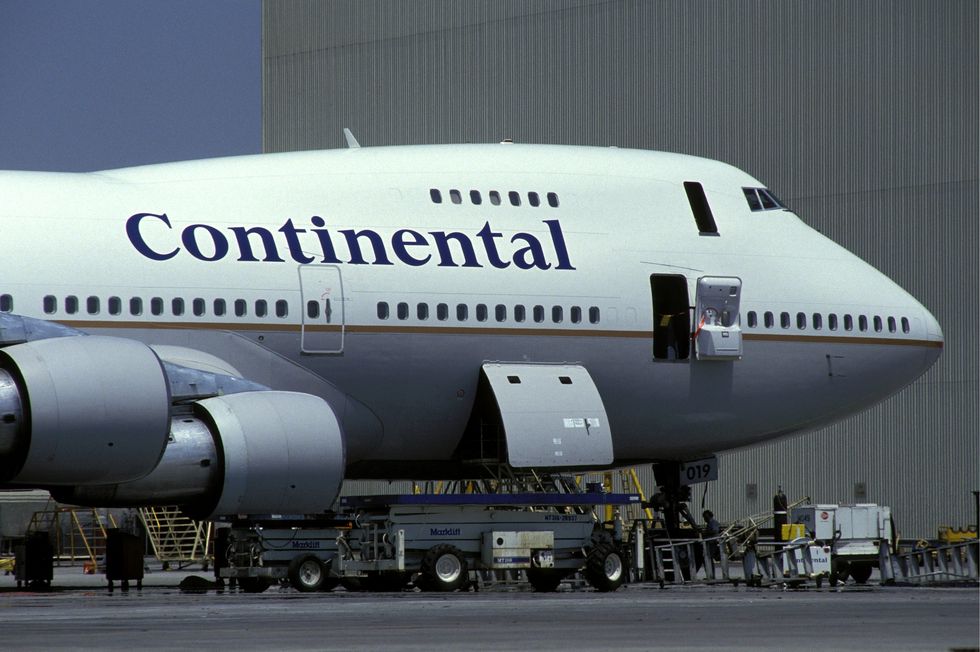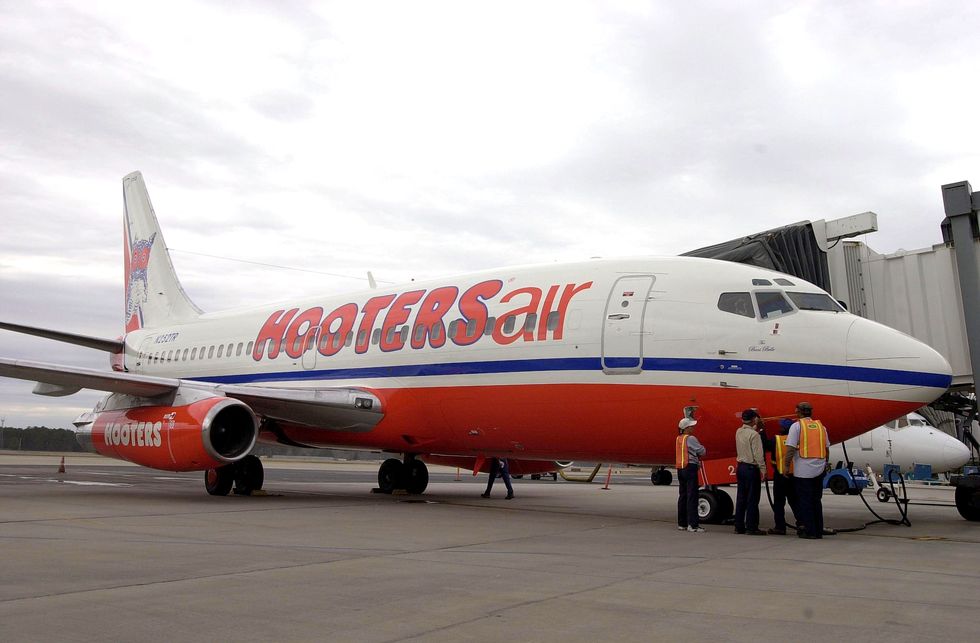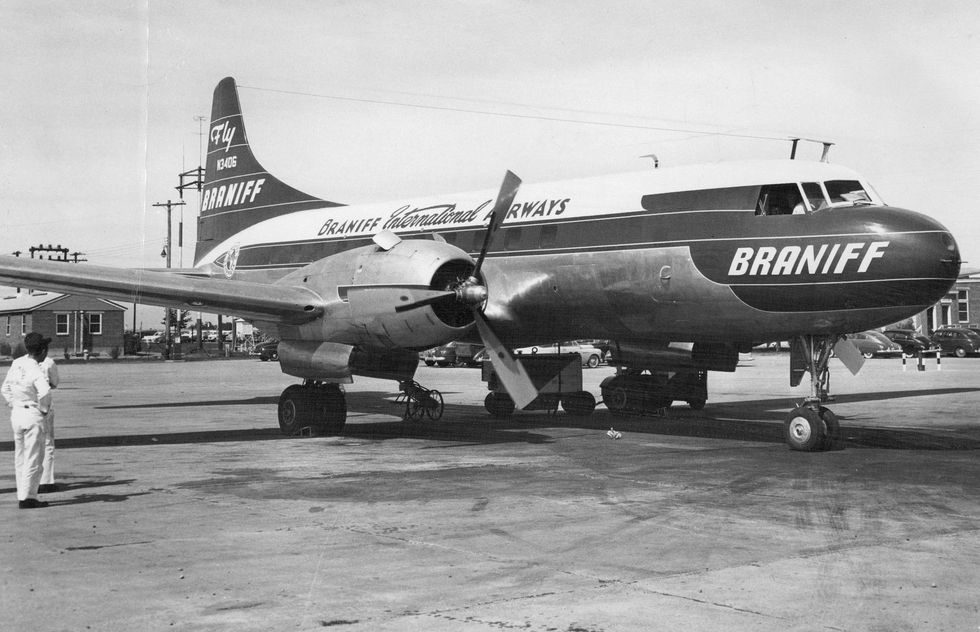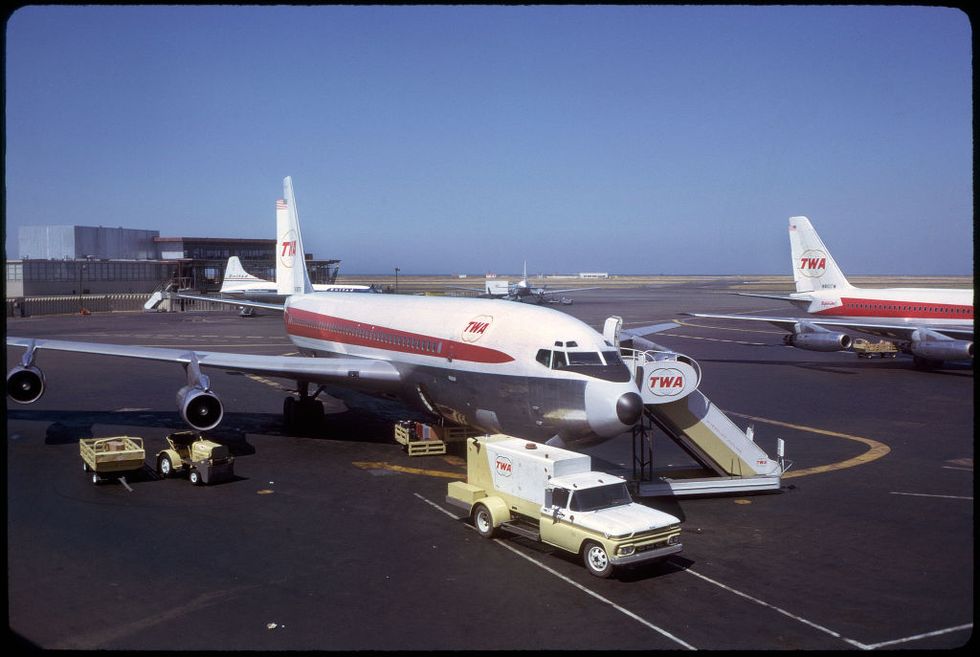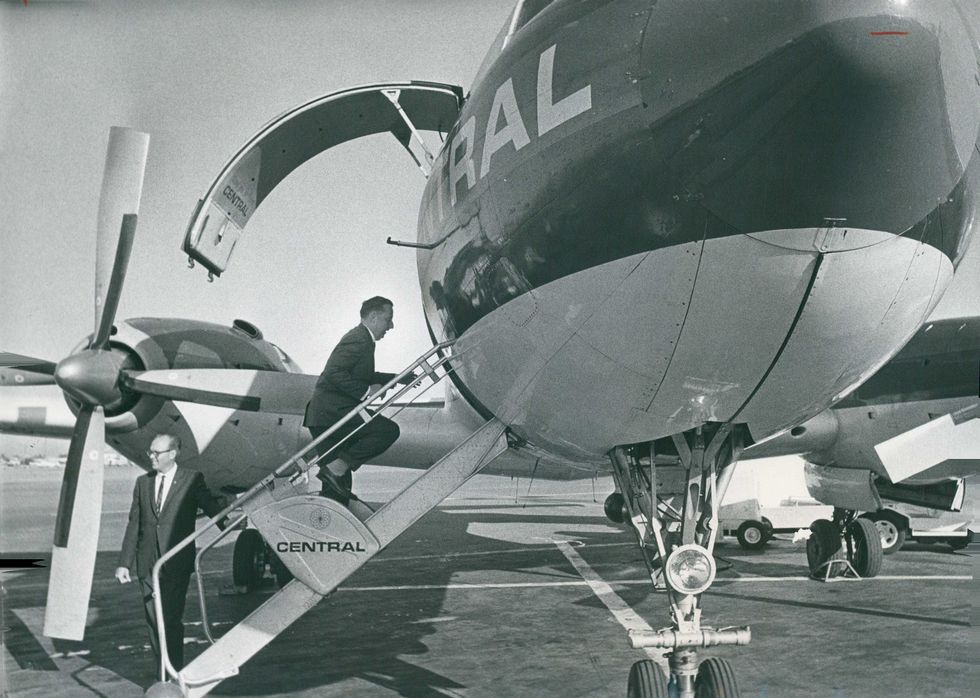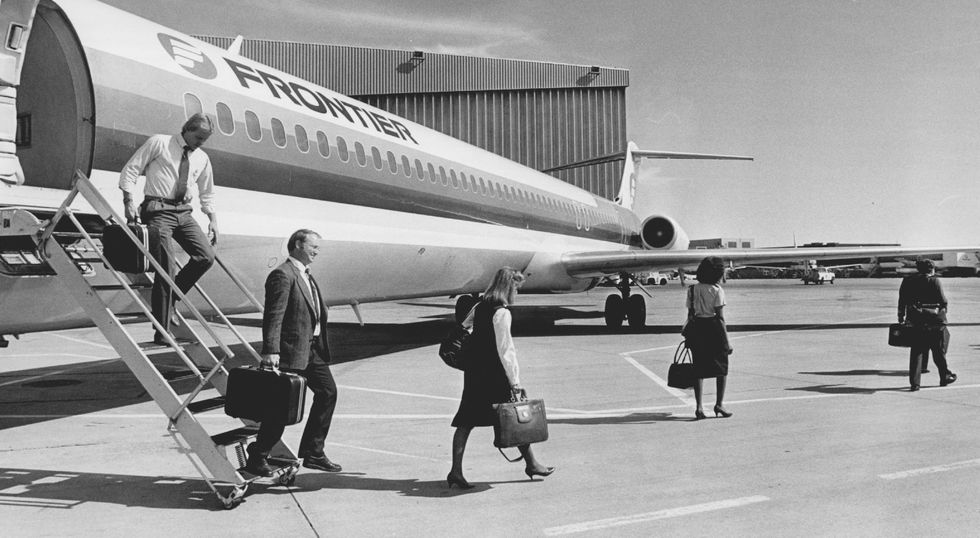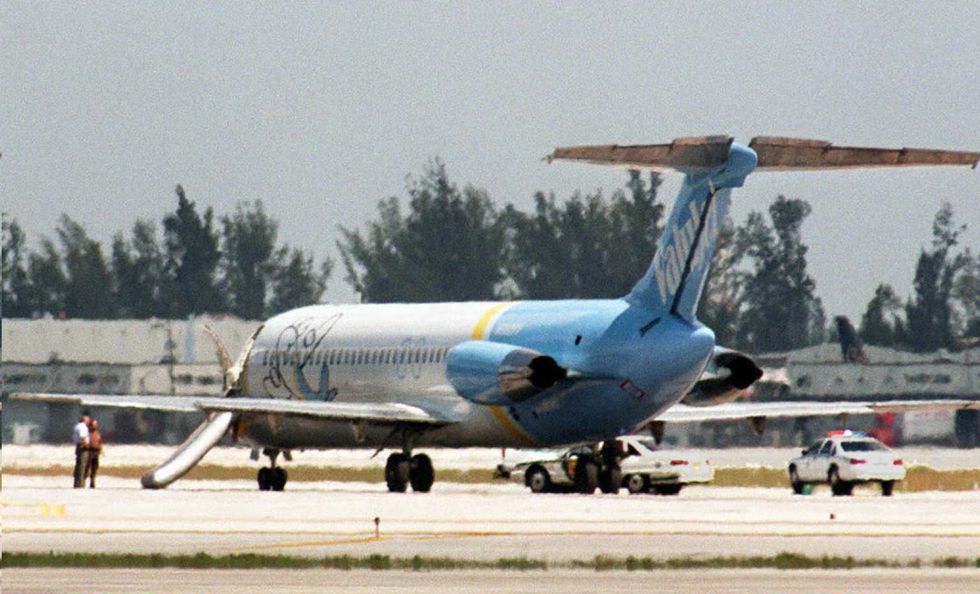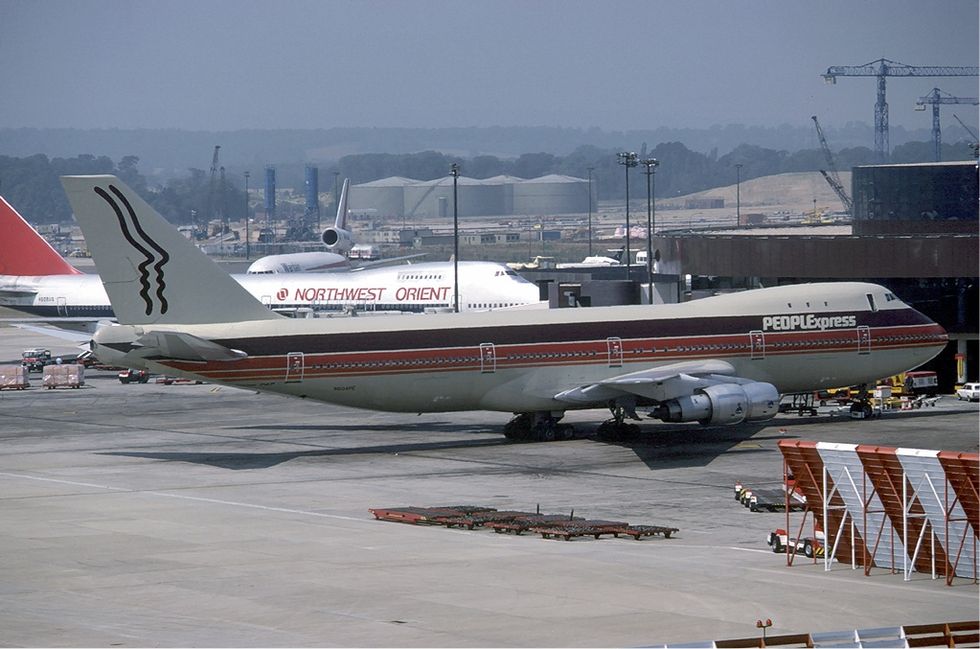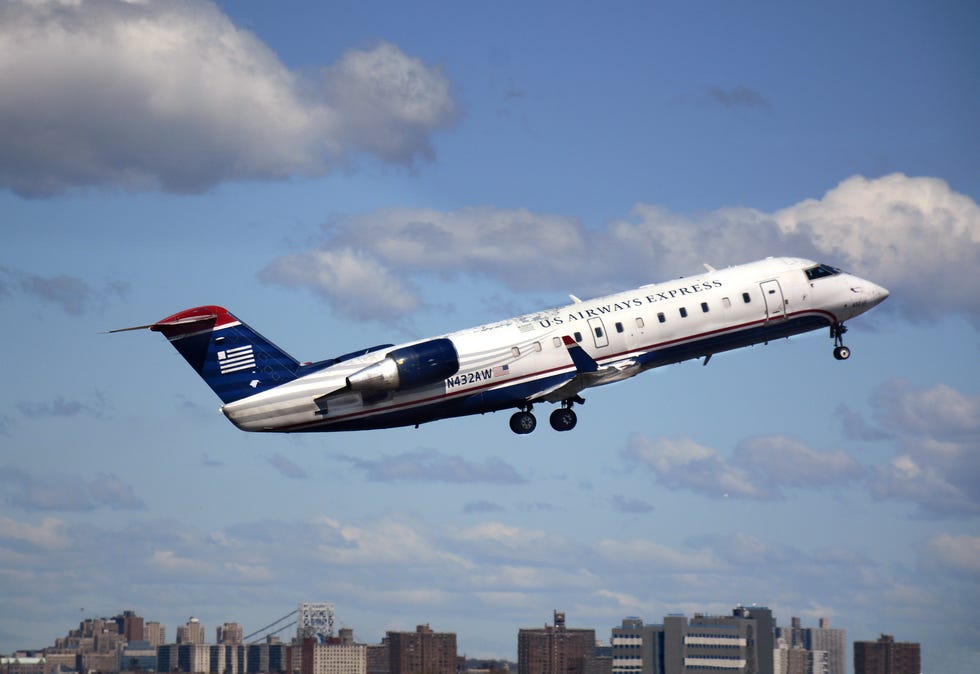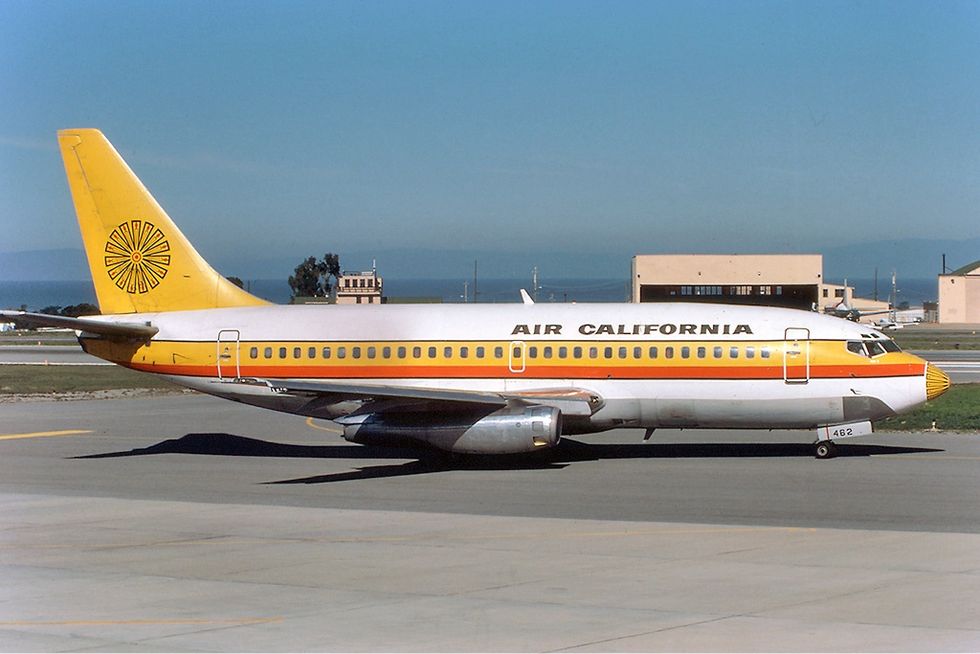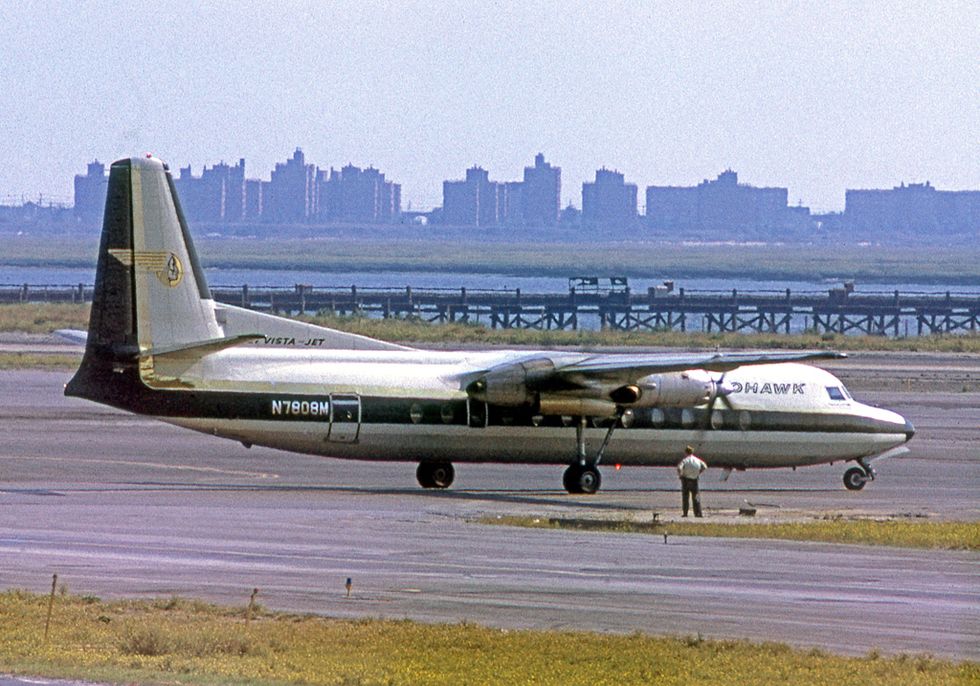Take a Trip Down Memory Lane With These 15 Defunct Airlines You Might Not Remember
You know American, Delta, and JetBlue, but do you know Braniff, Mohawk, or Hooters Air?
After decades of mergers, bankruptcies, and hard times for the aviation business, the list of U.S.-based airlines has been whittled down. Decades ago, a network of smaller, regional airlines connected much of the country, but thanks to deregulation, the smaller airlines were bought up, and the monopolies we know today were born.
Today, we remember the airlines of yore that didn’t make it—the ones your grandparents might have been flying on long before you were complaining about your legroom.
✅ More From Popular Mechanics:
+ The 30 Most Important Planes of All Time
+ The 13 Biggest Planes in the World Are True Feats of Engineering
+ 13 Infamous Plane Crashes That Changed Aviation Forever
Sam Blum is a PopularMechanics.com Associate Editor who spends way too much time online. His work has appeared in Rolling Stone and The Guardian.
Watch Next
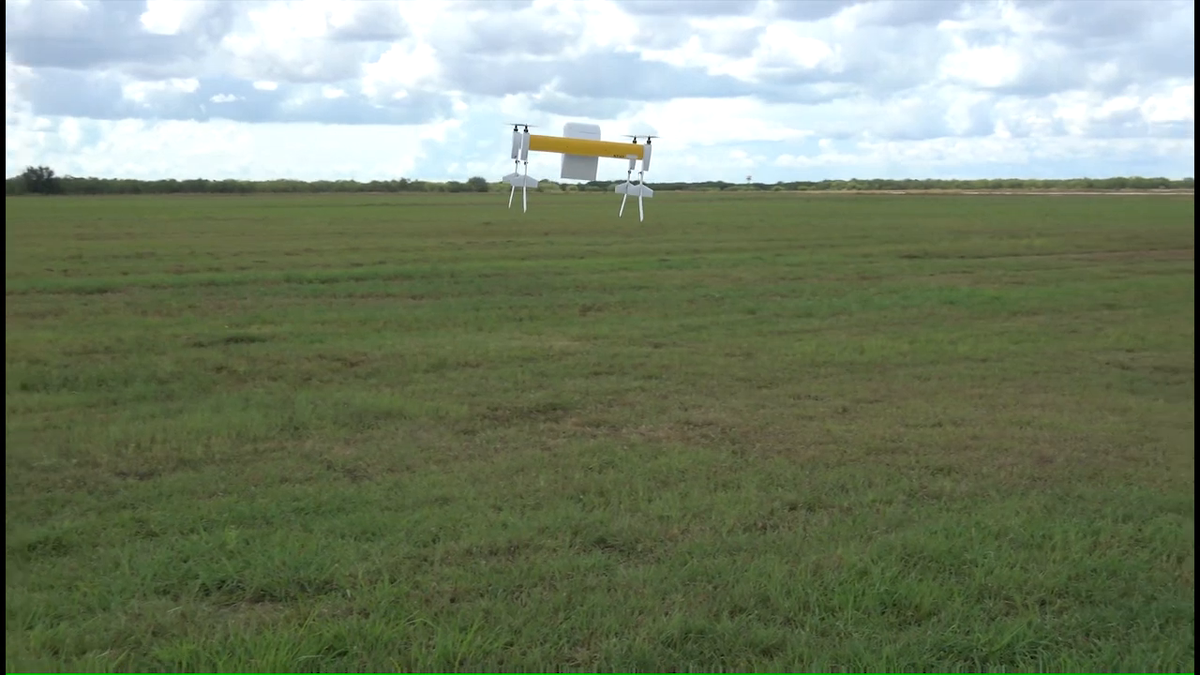
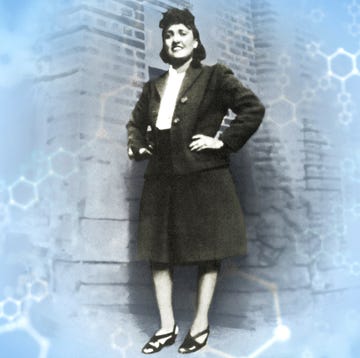
Henrietta Lacks Never Asked to Be Immortal

Ukraine Is Using an Ancient Weapon on Russia

Inside the CIA’s Quest to Steal a Soviet Sub

Jumpstart Your Car With a Cordless Tool Battery
